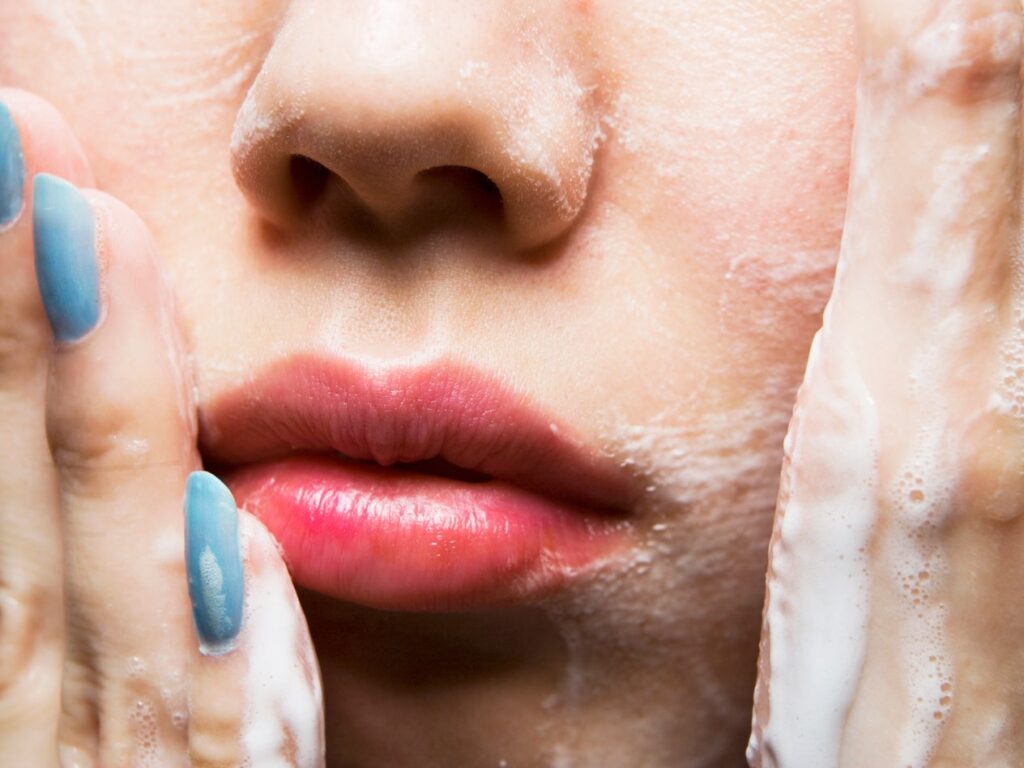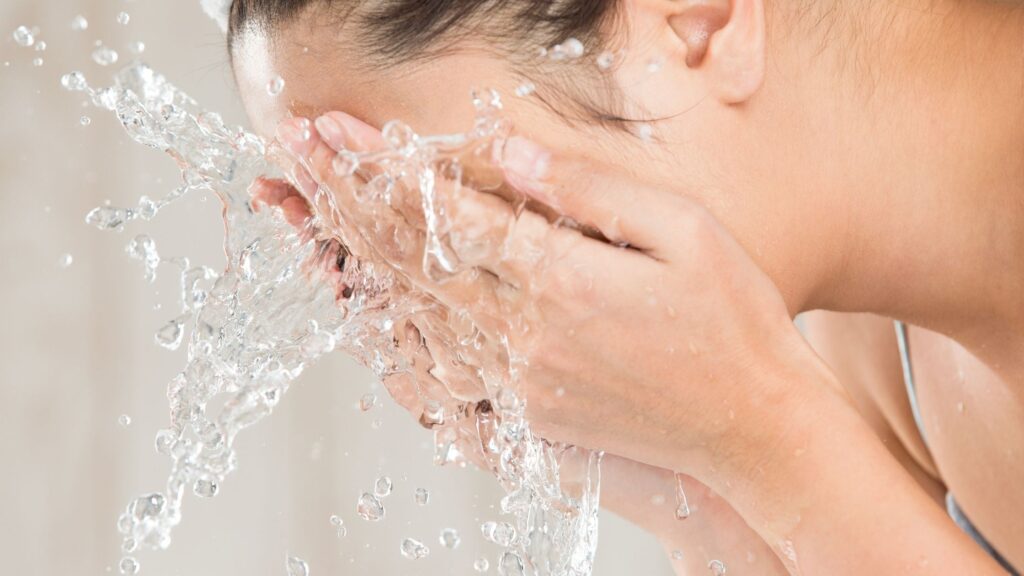A Guide About Face Cleansing Tips
That does sound boring, but face washing is serious work when it comes to keeping your skin happy and healthy. Sure, it seems simple, like cleaning up your dishes before you eat. Otherwise you wouldn’t want to put yummy food on dirty plates.
Cleansing washes away all the dirt, oils, and dead skin cells that pile upon the face throughout the day. This keeps your pores clean and prevents pimples from popping up. Not to mention, a clean face allows any moisturisers or creams you use to be absorbed better. Most importantly, cleaning can make a person look younger by removing the stuff that can damage the facial pores.
Choosing the Right Cleanser

Picking the perfect face wash can feel like picking a flavour of ice cream – there are so many options! The good news is, you don’t need a fancy degree to match them up. The key is to think about your skin. Does it get oily and shiny easily, or is it dry and sometimes flaky?
Different cleansers work better for different types of skin. If you have oily skin, get a “foaming” or “gel” cleanser; those will rinse off the excess oil without necessarily feeling drying. Dry and sensitive skin can handle something a little more gentle, like a “cream” or “milky” cleanser. Get to know about a valuable skincare face washer through the WaterDropFilter platform.
Ready to wash
But before you splash the water on your face, here’s a quick prep step. Just as you would mop a floor without sweeping, it’s best to give your face a quick head start. Dampen your hands with some warm water—not hot—and kind of swoosh away makeup, if any, you might be wearing. This will let the cleanser work its magic! Now, you’re ready to wash away dirt, oil, and anything else hanging out on your skin. Proper Techniques for Face Cleansing
You know face-washing is the core foundation of facial care. But there’s a right way to do it.
How to become a face-washing pro

First, turn on the faucet using warm water and wet your hands. Avoid hot water as it tends to irritate your skin. Now activate that washcloth because it can prove pretty harsh. Place a small amount of cleanser specific to your skin type onto your fingertips.
Massage smaller circles all over your face for about a minute, covering your forehead, nose, and chin. Finally, rinse your face well with moderately warm water and gently pat it dry using a soft towel. Do not rub, as this may be abrasive to your skin. This is it! Follow this simple routine to have a clean and refreshed start for the skin on your face at the beginning or the end of the day.
Rinse and Pat Dry
Let’s move to the more delicate approach. It can damage your skin’s natural oils, and a better alternative is to wash off a good part of them by rinsing fairly thoroughly in warm water. Splash your face or cup your hands to rinse upwards, particularly along the hairline and jaw. Forget rubbing with a towel – it’s too harsh! Pat your face dry with a soft one, ideally microfiber. For susceptible skin, you can even skip the final drying and let your face air dry for a few minutes.
Post-Cleansing Care

Apply a light moisturiser when your face is still damp to lock in moisture. Negative, tricky, perfumed toners: steer clear of this and choose the hydrating type to do a water rinse. You should also consider facial oils and serums after your moisturiser for that extra TLC. Either way; your facial surface would love you for it. Be gentle; pat your face dry with a soft cloth.
Frequency of Face Cleansing
Contrary to popular belief, there’s no one-size-fits-all answer to how often you should cleanse your face. The general rule would be twice a day, in the morning and at night—of course, unless your skin type or lifestyle dictates otherwise.
An oily, acne-prone face may, of course, take well to a double cleanse, and someone with more dehydrated or otherwise sensitised skin might only cleanse once in the evening to remove makeup and daily impurities. But listen, ultimately, to your skin! If your face feels tight or stripped after cleansing, you could be base-tipping it one too many times.
Consider cutting back to once a day, or consider a milder cleanser. The same applies if you perspire copiously when exercising or if you work outdoors or in a very dusty environment. Then, a midday cleanse may be necessary to prevent clogged pores. But give your facial surface a week to acclimate before trying to buffer a drying impact with moisturisers.
Consider double cleansing if you wear make-up or sunscreen daily. Apply an oil-based cleanser to dissolve the makeup and sunscreen, then double cleanse with a sulphate-free cleaner to continue removing the remaining dirt and debris. Then again, rinse your face with lukewarm water and splash your face with cool water. This will help you to close your pores and decrease puffiness most effectively in the morning. Remember, cleansing is a journey, not a destination.
Common Mistakes to Avoid

Forget the rough scrubs, gentler exfoliants a few times a week are fine. While that may sound great, the hot water strips natural oils, leaving your facial surface vulnerable. And guess what? The washcloths may be breeding bacteria, so just use clean fingertips or a soft washcloth that’s reserved for washing. And finally, the champ skin program of “squeaky clean.” Your face should not get tight and dry after you’ve cleansed it. Not. If it is, you very likely are using a cleanser that’s too harsh for your skin.
Look for a gentle formula that will leave your skin refreshed, rather than stripped. Armed with these tips and techniques, you can change cleansing from a chore into a ritual that yields healthy-looking, radiant skin.
Benefits of Cleansing Your Face Regularly
Think of it as giving your facial surface a clean slate to let the magic happen. Normal cleansing just washes away the dirt, oil, and dead skin cells, while all three tend to clog into the pores and cause breakouts. By preventing pimples, it also keeps roughening and blotchy skin at bay. Besides, regular cleansing lets your other skincare products work properly and brighter. When the skin is debris-free, the penetrating ability of moisturisers, serums, and other treatments becomes easier, allowing the advantages to be more focused.
Cleansing will also help to maintain the natural moisture barrier of the facial surface, which will keep it highly hydrated. Therefore, chubby and plumped up for that sought-after healthy glow. And let’s not forget those long-term benefits: it helps in fighting ageing process signs through removing free radicals, environmental pollutants, and other damaging elements that bring on fine lines and wrinkles.

